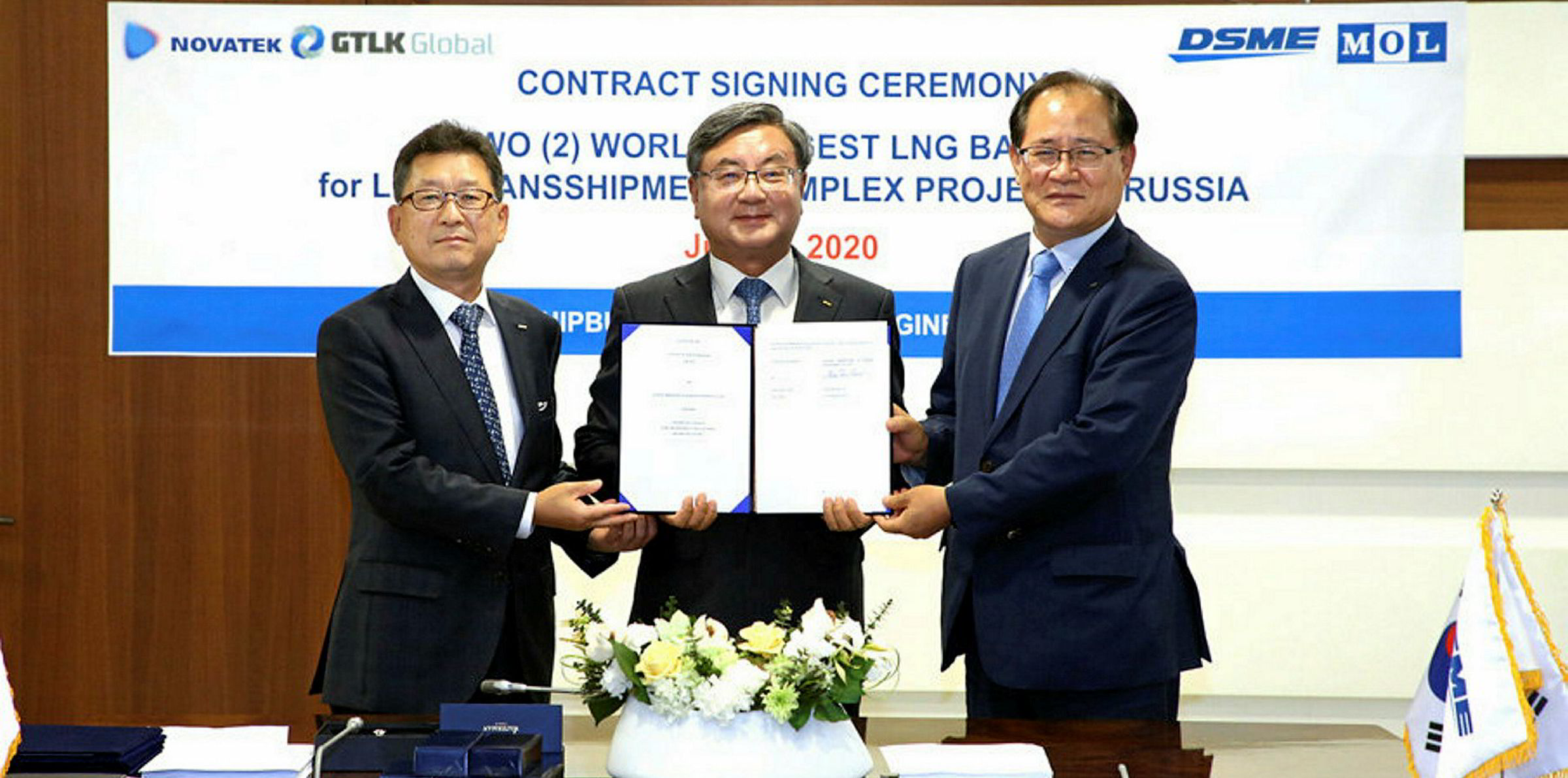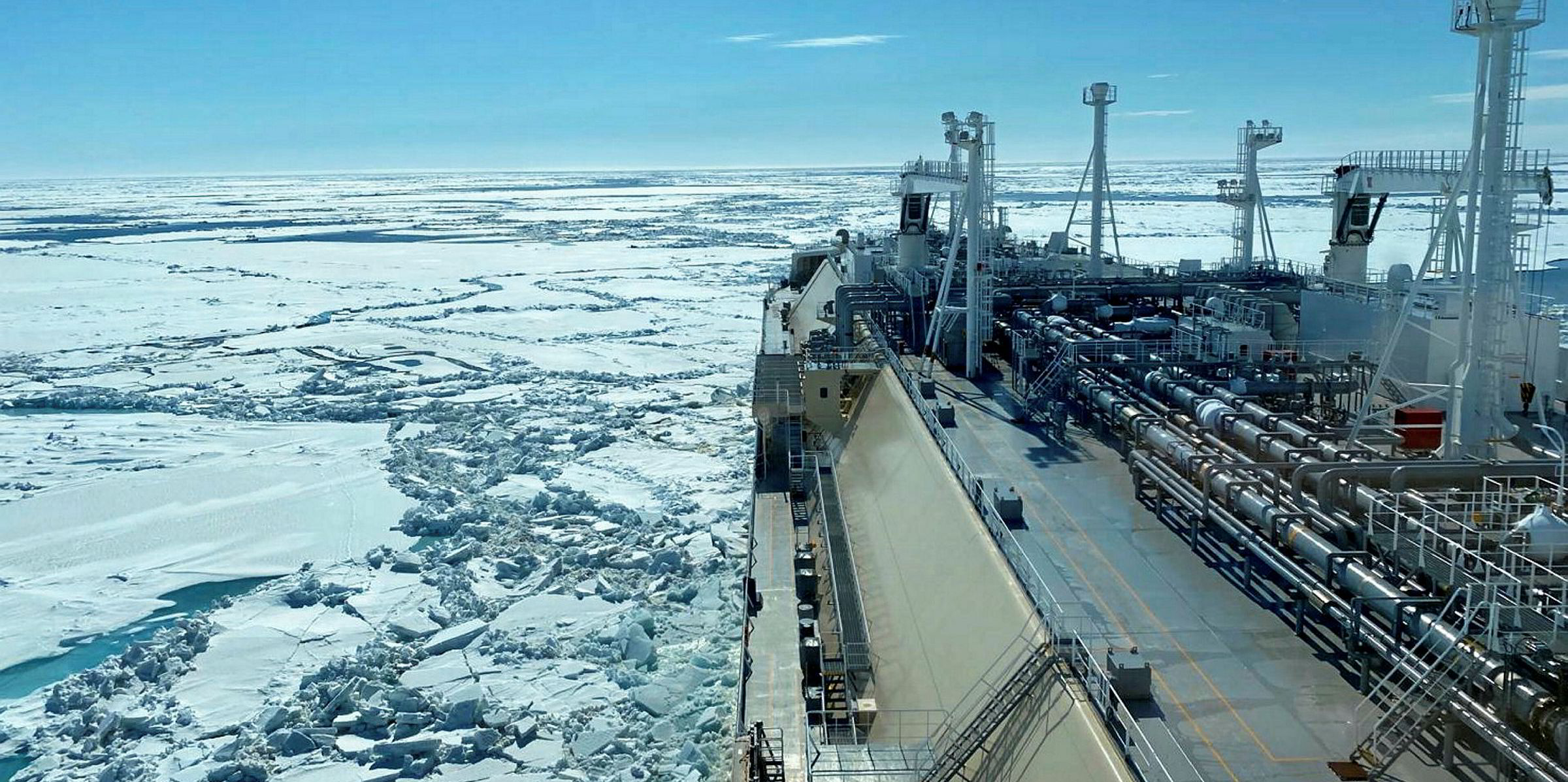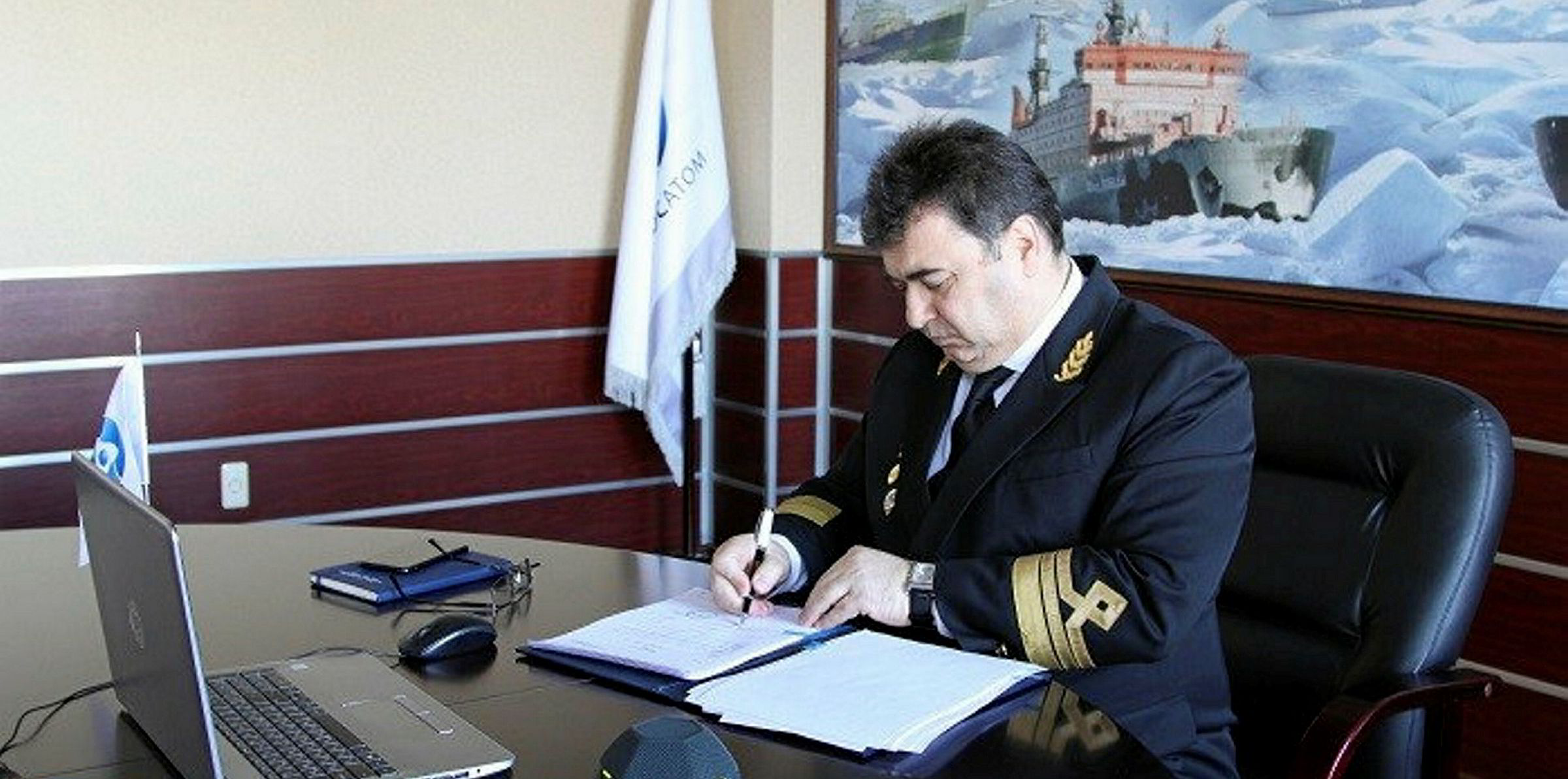Russian owner Sovcomflot (SCF Group) and nuclear agency Rosatom plan to make an experimental voyage through the Arctic’s Northern Sea Route (NSR) in February 2021.
Speaking during a meeting of the NSR Public Council, which he chairs, Sovcomflot non-executive chairman Sergey Frank said: “Together with Rosatom and Novatek, we are currently discussing a late voyage across the NSR in February, and most certainly, the experimental voyages programme will continue in 2021."
During the same meeting, Dmitry Lobusov — the master of the nuclear powered ice breaker 50 Let Pobedy — said: “We are planning to extend the navigation period even further in 2021, with January/February voyages being experimental as well. It will be night time, very different lighting conditions, and very different ice conditions."
Frank, the NSR council and invited speakers were discussing this year’s early transits of two Arc7 LNG carriers, Sovcomflot’s 172,600-cbm Christophe de Margerie (built 2017) and sistership Vladimir Voronin (built 2019).
Both ships started on their eastbound transits approximately two months in advance of when vessels have normally started such voyages.
In a presentation, Sovcomflot showed that Christophe de Margerie’s NSR voyage of 2,563 nautical miles (4,746 km) took 12.5 days at an average speed of 8.5 knots, with ice escort for 11.2 of the days or 2,123 nautical miles, moving at an average speed of 7.9 knots.
The company detailed that the ship’s Azipod propulsion units were working at 40MW or above for just 12% of the voyage time, adding that selecting an optimal route and propulsion systems mode directly contributed to a ship’s fuel consumption and its volume of emissions.
Sovcomflot said potentially challenging regions along the route were monitored by satellite to identify dangerous ice formations.
The Russian owner said the analysis showed that ice conditions along the NSR at the start of 2020 were the “most favourable” for the past decade.
It added that the voyage confirmed the navigation season in the eastern Arctic could be “substantially extended”.
Russia wants to see the NSR opened for year-round navigation from 2024.
In his presentation, Lobusov showed the two early-moving LNG carriers took slightly different routes due to local ice conditions.
He said that it is important to continue testing ice pilotage for large vessels in different ice conditions, for convoys and for independent ships. Lobusov added that it is also important to identify areas where ice-breaking pilotage is needed to optimise the use of the fleet.








